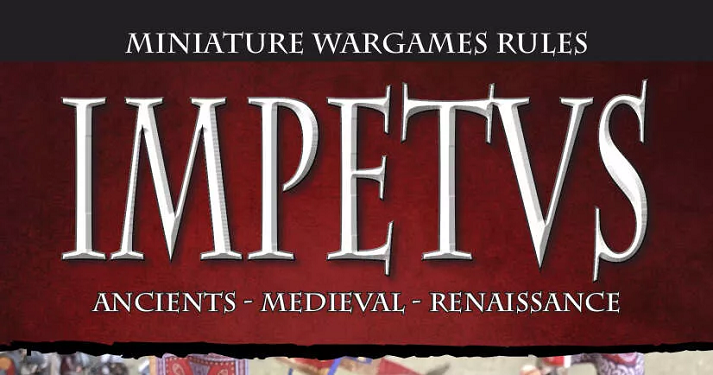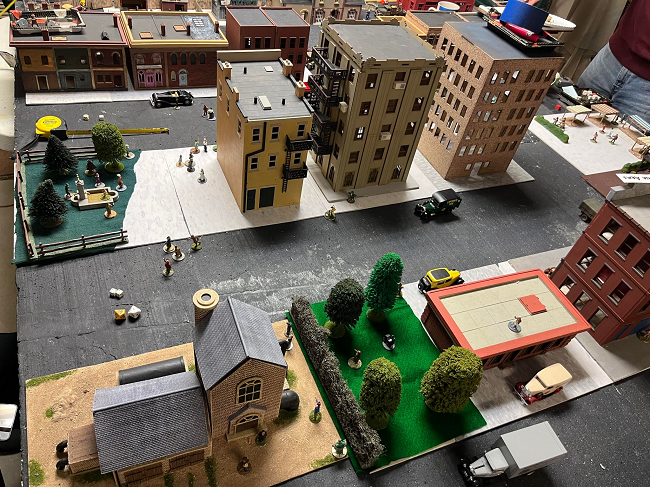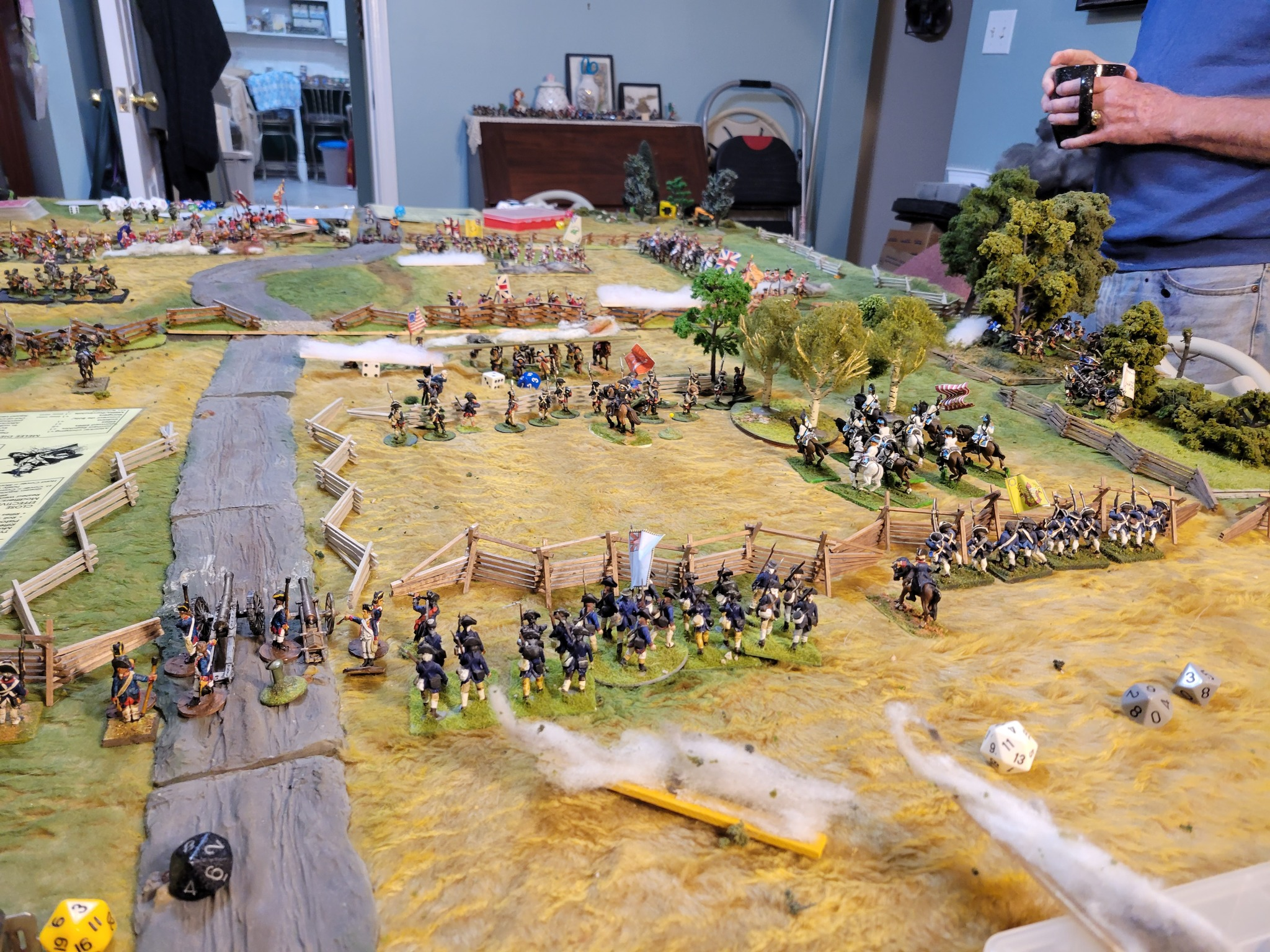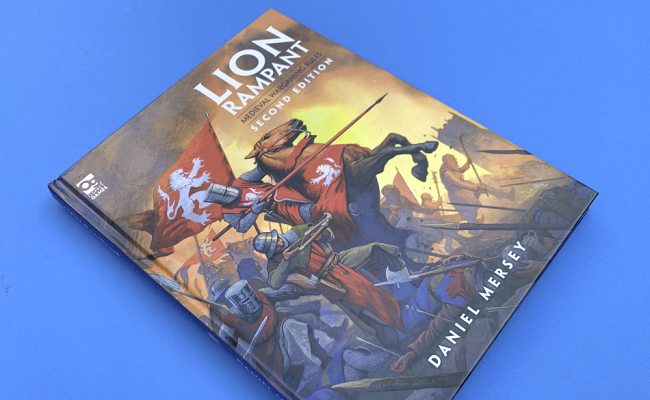Wargaming rules refer to the set of guidelines and mechanics that dictate how a wargame is played. These rules establish the framework for movement, combat, and other interactions between players and their units or game pieces. While specific rules can vary widely depending on the wargame being played, there are some common elements and principles found in many wargaming rule sets. Here are key aspects typically covered in wargaming rules:
Game Setup: The rules outline how to set up the game, including determining the battlefield or scenario, placing terrain elements, deploying units, and establishing victory conditions or objectives.
Turn Structure: Rules specify the structure of each game turn, typically involving alternating turns between players or factions. This may include phases such as movement, shooting, and combat.
Movement: The rules govern how units or game pieces can move across the game board or tabletop. They typically provide guidelines for measuring distances, determining movement rates, and handling terrain effects on movement. Rules may differentiate between different movement types (e.g., infantry, cavalry, vehicles) and may include rules for facing or formation changes.
Shooting or Ranged Combat: Rules cover the mechanics for units engaging in ranged combat, such as using firearms, bows, or other weapons. This may include determining line of sight, range, accuracy modifiers, and resolving the outcomes of shooting attacks.
Close Combat: Rules govern how units engage in close combat or melee, including mechanics for resolving attacks, calculating damage, and determining the effects of different weapons or abilities. They may cover factors such as unit strength, weapon reach, armor, and morale checks during combat.
Special Abilities and Special Rules: Many wargaming rules incorporate special abilities, skills, or unique rules for specific units, models, or factions. These rules add depth, variety, and flavor to game play, allowing players to utilize different strategies and tactics.
Morale and Leadership: Rules often include mechanics for representing the morale and leadership of units. This can involve rules for checking morale or morale tests, determining whether a unit remains in good spirits or becomes shaken, broken, or routed. Leadership abilities or special rules may affect morale checks and the overall performance of units.
Terrain Effects: Rules address how terrain elements affect game play, such as providing cover, hindering movement, or affecting shooting or combat. They may define rules for different types of terrain features, including forests, buildings, hills, water bodies, or obstacles.
Victory Conditions: The rules specify the conditions for winning or achieving objectives in the game. This may include capturing specific objectives, eliminating enemy units, achieving specific goals within a set number of turns, or meeting victory point thresholds.
Game Mechanics and Randomization: Rules cover the mechanics for resolving uncertain outcomes, typically involving the use of dice rolls or other randomization methods. This can include rolling dice to determine hits, damage, or the success of specific actions.
Game Balance and Fairness: Wargaming rules aim to create a balanced and fair game play experience. Rules often provide guidelines for army composition, point-based army construction, or other mechanics to ensure fair contests and enjoyable game play.
It’s important to note that wargaming rules can vary significantly between different games, genres, and rule systems. Each wargame will have its own rule book or rule set that provides specific instructions and mechanics for that particular game. If you are interested in a specific wargame, it’s recommended to acquire the rule book or consult the official resources for that game to understand the rules and mechanics in detail.
Shop Amazon for: Rules for Wargaming






